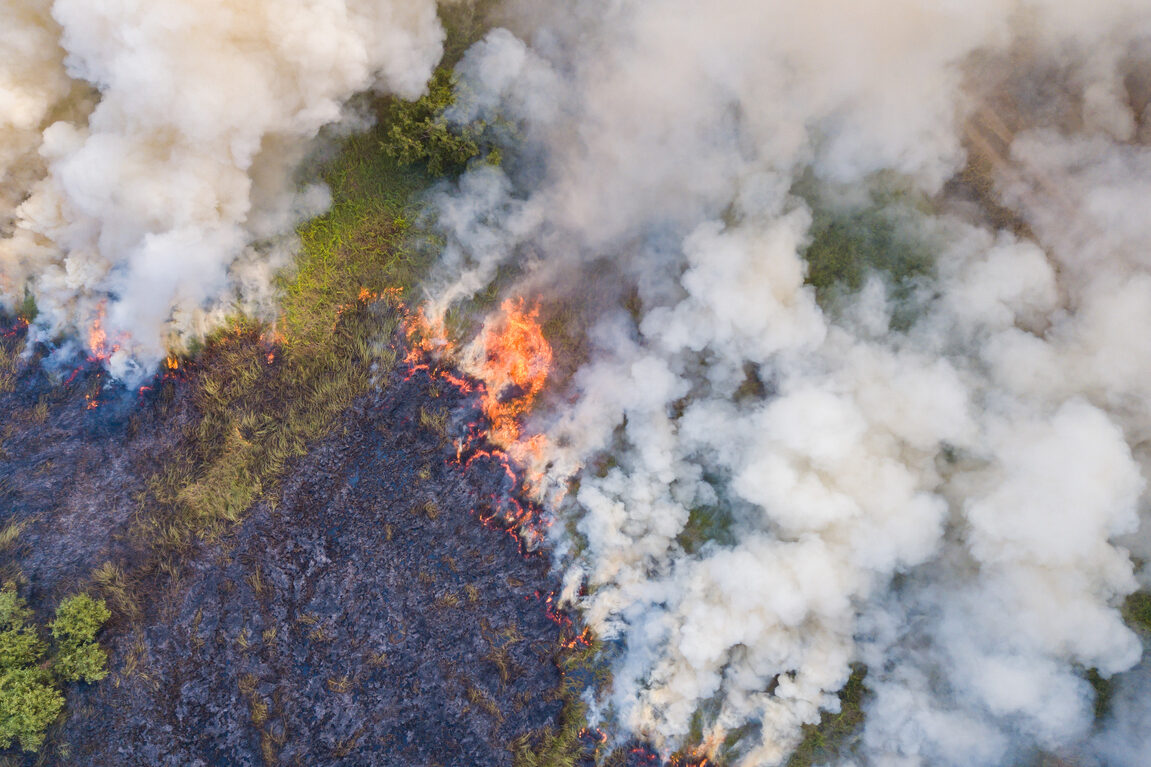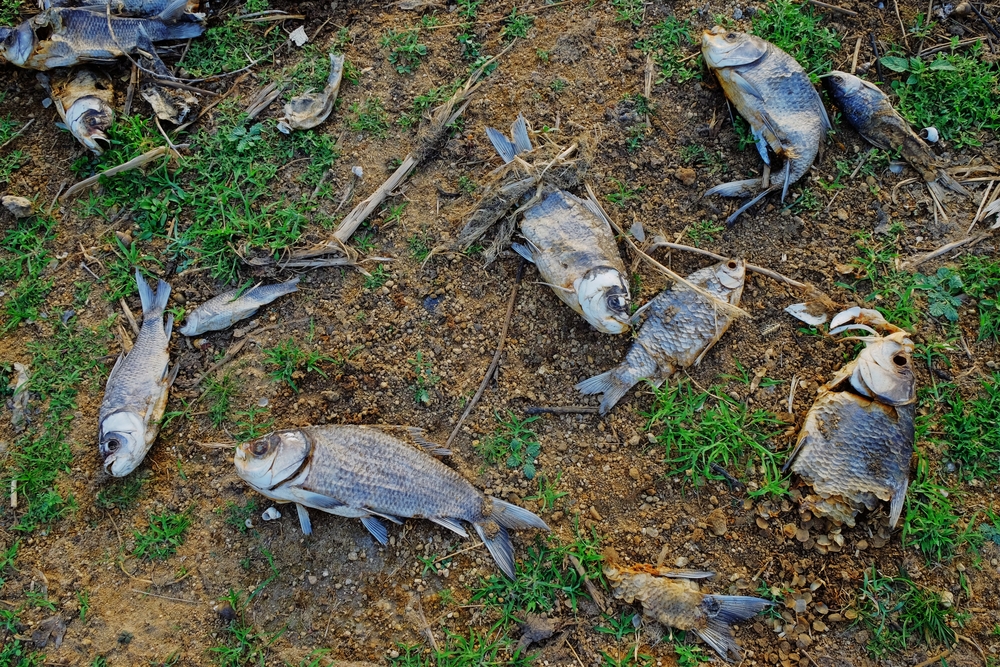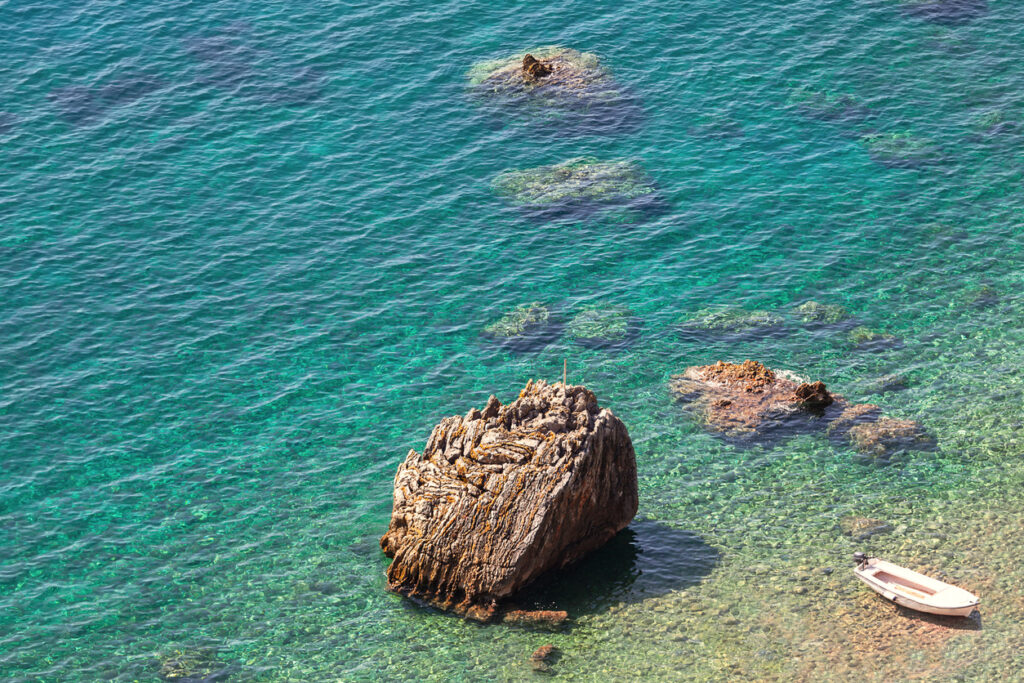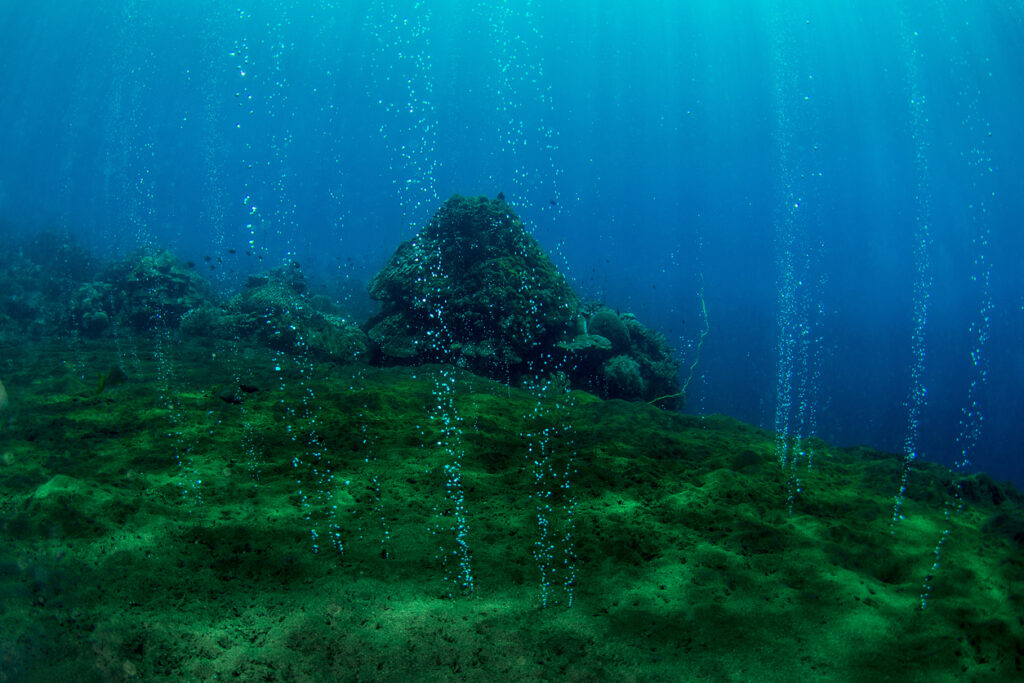1. The ocean floor is packed with frozen methane – and it’s barely staying frozen

Beneath the seafloor, vast reservoirs of methane are trapped in a fragile, ice-like structure called methane hydrate. It forms when methane gas gets squeezed under intense pressure and frigid temperatures, locking it in place. Scientists estimate there could be hundreds of gigatons of methane frozen in these deep-sea deposits—enough to cause a catastrophic shift in our climate if released.
The problem? These frozen reserves aren’t as stable as they seem. The ocean is warming, and even small temperature increases can start melting these methane hydrates, causing the gas to escape into the water. Once released, it doesn’t stay there for long—bubbles of methane rise to the surface and enter the atmosphere, accelerating global warming at a pace we might not be able to control.
2. Methane is a greenhouse gas far worse than carbon dioxide

When people talk about climate change, carbon dioxide usually takes center stage. But methane is an even bigger villain. It traps heat in the atmosphere more than 80 times as effectively as CO₂ over a 20-year period. That means even a small release of methane could supercharge global warming in a way we’re completely unprepared for.
What makes this even scarier is that methane breaks down over time—but not before it does enormous damage. A large-scale release from the ocean floor could send global temperatures skyrocketing, disrupting weather patterns, intensifying storms, and making parts of the planet unlivable. Some scientists fear we could reach a tipping point where the warming itself causes more methane to escape, setting off an unstoppable feedback loop.
3. A massive methane release has happened before—and it wiped out nearly all life

This isn’t just a theoretical risk. Scientists believe a similar methane release happened about 252 million years ago during the Permian-Triassic extinction event, also known as the “Great Dying.” It was the deadliest mass extinction in Earth’s history, wiping out 90% of marine life and about 70% of life on land. The trigger? Rising temperatures, which melted methane hydrates and flooded the atmosphere with the gas, leading to runaway climate change.
That extinction event turned the planet into a near-uninhabitable wasteland, with scorching heat and toxic air. While we don’t know if we’re heading for the same fate, the parallels are hard to ignore. Ocean temperatures are rising, methane deposits are vulnerable, and if enough of it gets released, we could see a chain reaction that accelerates global warming beyond anything we’ve ever experienced.
4. The Arctic is a ticking time bomb of methane waiting to be unleashed

One of the most vulnerable regions on Earth is the Arctic, where permafrost under the ocean floor holds enormous amounts of methane. The Arctic is warming four times faster than the rest of the planet, and this rapid increase in temperature is destabilizing frozen methane deposits at an alarming rate. Some scientists say it’s not a matter of if these methane reserves will be released, but when—and how fast.
In recent years, researchers have observed massive craters appearing in Siberia, believed to be caused by sudden methane explosions. These “methane blowouts” are happening because warming temperatures are causing underground gas pockets to expand and erupt violently. If this same process starts happening on a large scale beneath the Arctic Ocean, we could see a surge of methane emissions that sends climate change into overdrive.
5. Underwater landslides could trigger a sudden, catastrophic methane release

While gradual warming is a major concern, there’s another terrifying possibility: an abrupt methane release caused by underwater landslides. The ocean floor is not as stable as it looks—earthquakes, shifting sediments, or even rising sea levels could disturb these fragile methane hydrate deposits, causing them to break apart and release gas in massive bursts.
Scientists believe this has happened before. One of the most well-known examples is the Storegga Slide, a massive undersea landslide off the coast of Norway that occurred around 8,000 years ago. It triggered a tsunami that devastated surrounding coastlines, and some experts think it may have also released large amounts of methane. If a similar event happened today, the consequences could be even worse—not just from the tsunami itself but from the sudden surge of methane into the atmosphere, which could accelerate global warming in an instant.
6. Some methane is already escaping—and it’s happening faster than expected

It’s not just a hypothetical scenario anymore. In recent years, scientists have recorded methane leaks from the ocean floor in areas that were once thought to be stable. Off the coast of Siberia, for example, researchers have discovered plumes of methane bubbles rising from the seabed, some as large as a kilometer wide. This is alarming because it suggests that warming is already destabilizing these deep-sea reserves, and once this process starts, it’s incredibly difficult to stop.
Even more concerning is the rate at which this is happening. Some studies indicate that methane emissions from the ocean floor are increasing faster than models predicted. This means we might be underestimating how soon these methane bombs could detonate. The more methane that escapes, the more the planet warms, which in turn destabilizes even more methane deposits—a vicious cycle that scientists are racing to understand before it’s too late.
7. If we don’t act now, we could trigger a climate tipping point

The scariest part of all this? We might be dangerously close to a tipping point where these methane emissions spiral out of control. Climate tipping points are moments when a system undergoes a fundamental, irreversible change. If enough methane is released, it could push global temperatures past a threshold where natural feedback loops keep warming the planet even if we cut emissions from human activities.
What can be done? Scientists are exploring ways to prevent large-scale methane releases, including better monitoring, geoengineering solutions, and cutting global greenhouse gas emissions to slow warming. But time is not on our side. If we continue business as usual, the methane bombs beneath the ocean could eventually go off—reshaping the planet in ways we might not be able to recover from.


